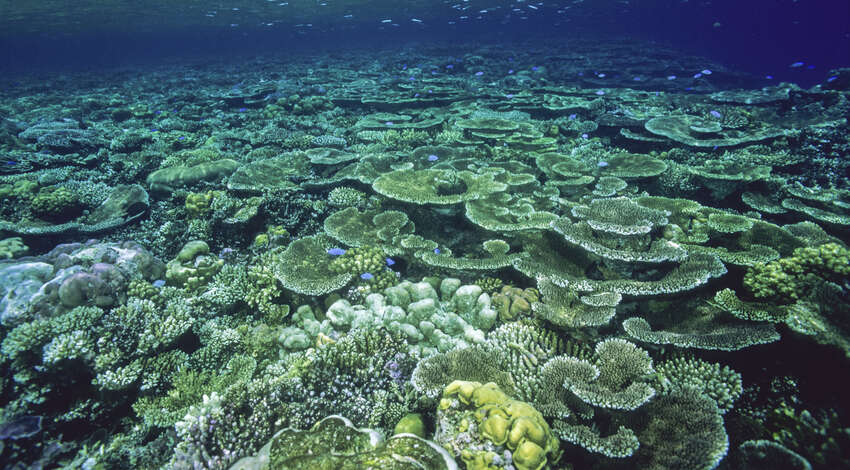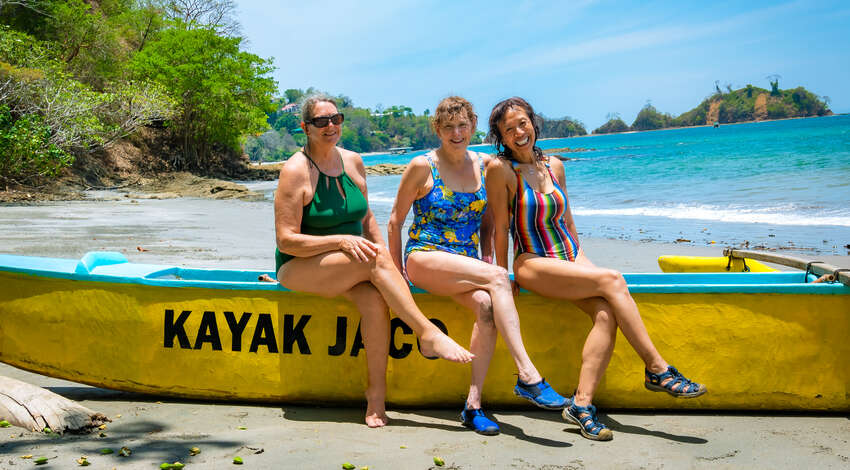Enjoy the Sun Safely: Diving Into Reef Safe Sunscreen
Sunscreen is an essential part of almost any packing list, especially if you’re traveling during the summer. However, not all sunscreen is the same — if you’ve ever wandered down the skincare aisle at your local drugstore, you’ve probably been overwhelmed by brands, SPF numbers and labels like “Reef Safe” and “Reef Friendly.”
Have you ever been curious as to what these labels are referring to? Here’s a rundown of the science behind “reef safe” sunscreens and the steps you can take to positively impact the environment through your choice of sun protection.

Why “Reef Safe”?
First, what's the reasoning behind needing “reef safe” sunscreens? You might have already heard about coral bleaching and the negative effects of climate change on our ocean environments. Warming waters can kill off coral reefs, which can impact ocean ecosystems across the world, as well as affect livelihoods by eliminating natural seawalls and reef tourism.
Another killer of coral reefs could be our sunscreens, and the chemicals used in some sunscreens to absorb or repel ultraviolet rays. While climate change remains the primary culprit behind coral bleaching, certain sunscreen chemicals may also contribute.
What sunscreen should I buy?
The easiest solution for individuals therefore seems to be to select a reef safe sunscreen the next time you’re shopping. However, it’s not quite so straightforward. Terms like “reef safe” and “reef friendly” aren’t currently regulated, which means that, unfortunately, nobody is checking that a sunscreen labeled “reef safe” actually lacks the chemicals that may harm coral reefs.

Luckily, there are some easy steps you can take to gauge how reef friendly your sunscreen actually is. On the ingredients label, keep an eye out for chemicals like oxybenzone, octinoxate and octocrylene — these should be avoided! Instead, look for non-nano zinc oxide or titanium dioxide. It’s also a good idea to try to use lotions and sunscreen sticks, as sprays and mists can land on the sand or surf where they aren’t protecting anyone. (Bonus: Sunscreen sticks are easier to fly with.)
You might also consider taking steps to use less sunscreen. Stay protected by wearing a brimmed hat, long sleeves and even clothing that contains ultraviolet ray-blocking fabric (Look for Ultraviolet Protection Factor (UPF) clothing). It’s also a good idea to seek shaded areas, if possible, between 10 a.m. and 2 p.m., even with sunscreen on.
How Can I Learn More?
Research is ongoing, and new sunscreen products are regularly hitting the shelves. Doing a little bit of online research on a brand or product before you shop can go a long way towards striking the balance between ensuring your skin is protected and keeping our marine classrooms as healthy as possible.

